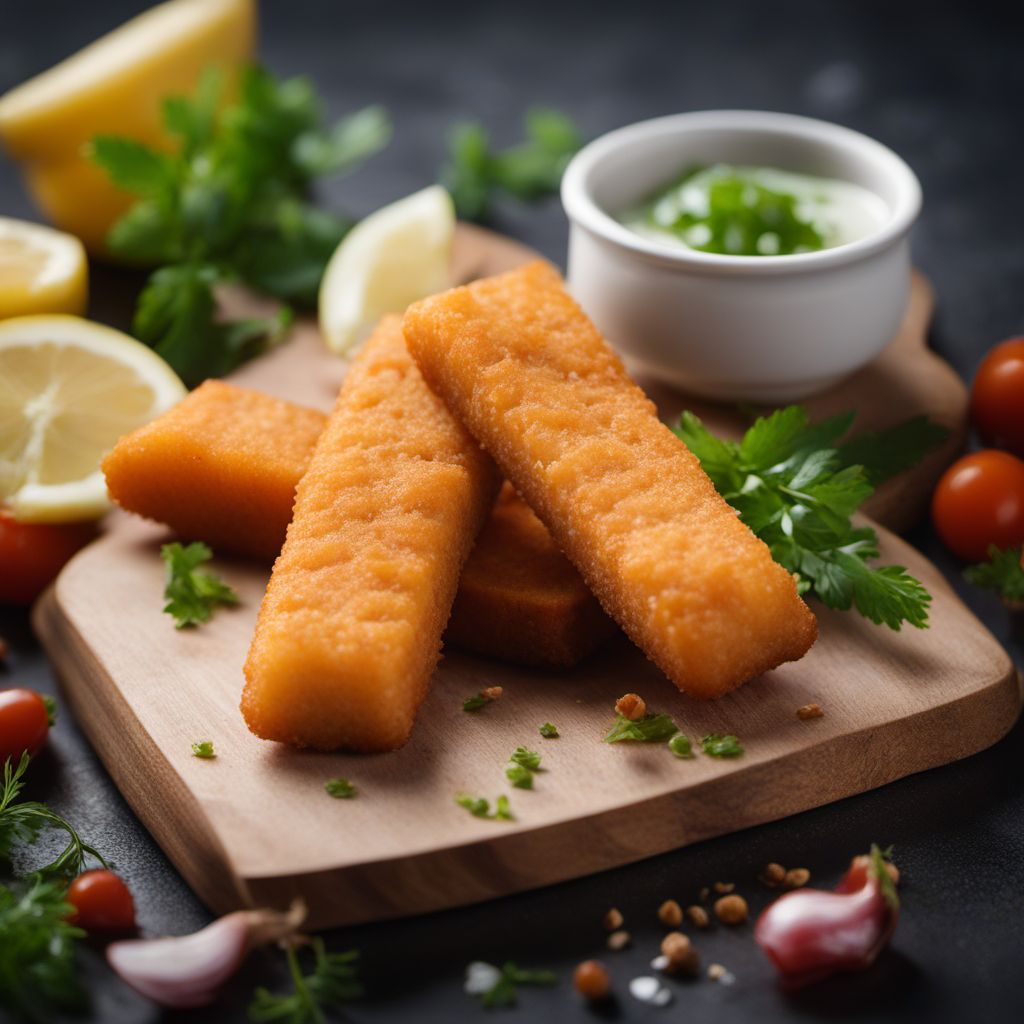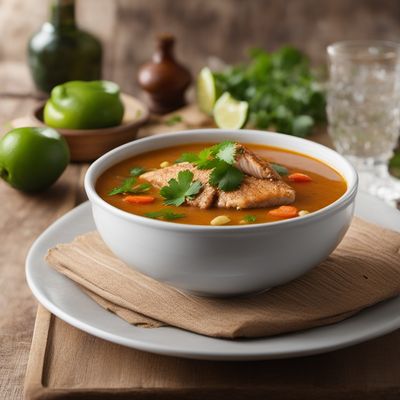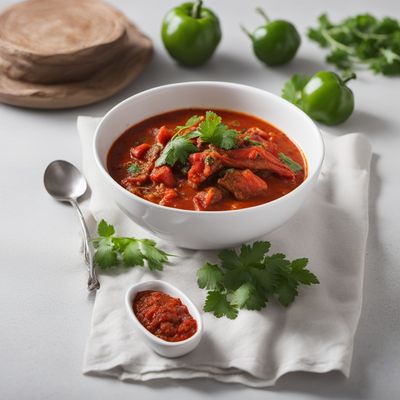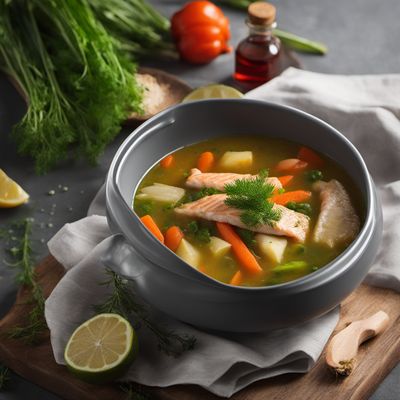
Ingredient
Fish fingers, breaded
Crispy Delights: The Perfectly Breaded Fish Fingers
Fish fingers, breaded, are made by coating tender fish fillets with a seasoned breadcrumb mixture and then frying or baking them until golden and crispy. The breading creates a satisfying crunch while sealing in the moisture of the fish, resulting in a succulent and flavorful bite. The fish fillets used can vary, but commonly include cod, haddock, or pollock. The golden-brown exterior contrasts beautifully with the tender, flaky fish inside, making it a visually appealing ingredient as well.
Origins and history
The concept of breaded fish can be traced back to the British cuisine, where it gained popularity in the mid-20th century. The first commercially produced fish fingers were introduced in the United Kingdom in the 1950s, revolutionizing the way fish was consumed. Since then, fish fingers have become a staple in many households and are enjoyed worldwide. They are often associated with comfort food and are commonly served with chips (French fries) in the classic British dish, fish and chips.
Nutritional information
Fish fingers, breaded, are a good source of protein and essential omega-3 fatty acids. They provide important nutrients such as vitamin D, vitamin B12, and selenium. However, it is important to note that the nutritional content may vary depending on the type of fish used and the cooking method.
Allergens
Fish fingers, breaded, may contain allergens such as fish, wheat, and eggs.
How to select
When selecting fish fingers, look for ones that have a thick, even coating of breadcrumbs that appear golden and crispy. Avoid any packages with signs of freezer burn or excessive ice crystals, as this may indicate poor quality. Additionally, check the ingredient list to ensure there are no artificial additives or preservatives.
Storage recommendations
To maintain the freshness and quality of fish fingers, store them in the freezer at or below 0°F (-18°C). Keep them in a sealed container or wrap them tightly in plastic wrap to prevent freezer burn. Properly stored, they can be kept for up to three months.
How to produce
While it is more common to purchase pre-made fish fingers, you can make your own by cutting fish fillets into finger-sized pieces, dipping them in beaten egg, and then coating them with seasoned breadcrumbs. Finally, fry or bake them until golden and crispy.
Preparation tips
To prepare fish fingers, breaded, preheat your oven to the recommended temperature or heat oil in a frying pan. Place the fish fingers on a baking sheet or in the hot oil and cook them until they are golden brown and cooked through. For a healthier option, bake them instead of frying. Serve them with tartar sauce, lemon wedges, or your favorite dipping sauce. To enhance the flavor, you can also season the breadcrumbs with herbs, spices, or grated Parmesan cheese before coating the fish.
Culinary uses
Fish fingers, breaded, are commonly enjoyed as a standalone dish, served with chips and tartar sauce. They can also be used in sandwiches, wraps, or salads for a satisfying crunch. Additionally, they can be incorporated into fish tacos, fish finger sliders, or even as a topping for creamy pasta dishes.
Availability
Fish fingers, breaded, are widely available in supermarkets and grocery stores worldwide.
More ingredients from this category
Recipes using Fish fingers, breaded » Browse all

Muisca-style Fish Soup
Andean Delight: Muisca-style Fish Soup

Mbatan Kawali - Spicy Cameroonian Fish Stew
Fiery Delight: A Taste of Cameroon in Mbatan Kawali

Mor Monsen - Norwegian Fish Soup
Nordic Delight: Creamy Mor Monsen Fish Soup

Mexican-American Style Seafood Jalea
Crispy Seafood Fiesta: Mexican-American Style Jalea

Skradinski Rižot with Fresh Seafood
Seafood Delight: Skradinski Rižot

Mediterranean Style Laksa
Mediterranean Seafood Soup with Spiced Coconut Broth

Caribbean Chinese Style Seafood Fritto Misto
Island Fusion Seafood Delight

South African Spicy Fish Stew
Savory Delight: Spicy Fish Stew with a South African Twist

Uruguayan-style Sbroscia
Hearty Uruguayan Fish Stew: A Taste of Coastal Delight

Colin à la bordelaise with Herb Crust
Savory Herb-Crusted French Fish Delight

Peruvian Seafood Ceviche
Zesty Delight: Peruvian Seafood Ceviche

Fish Soup with Vegetables
Savor the Flavors of Romanian Cuisine with this Hearty Fish Soup